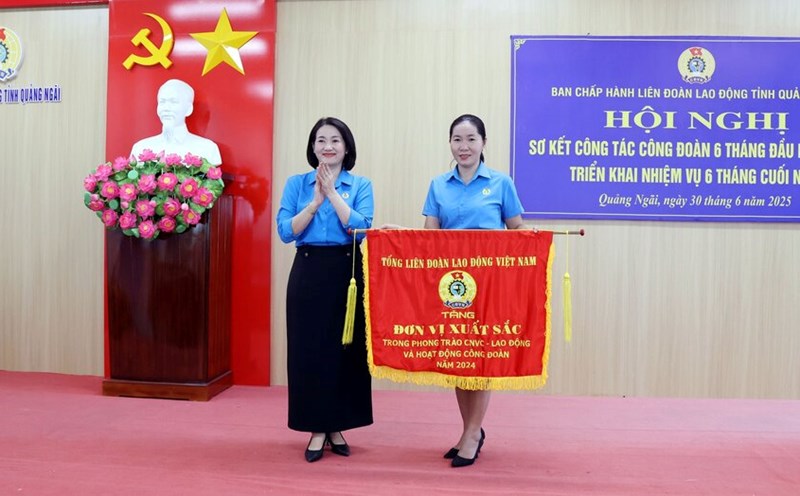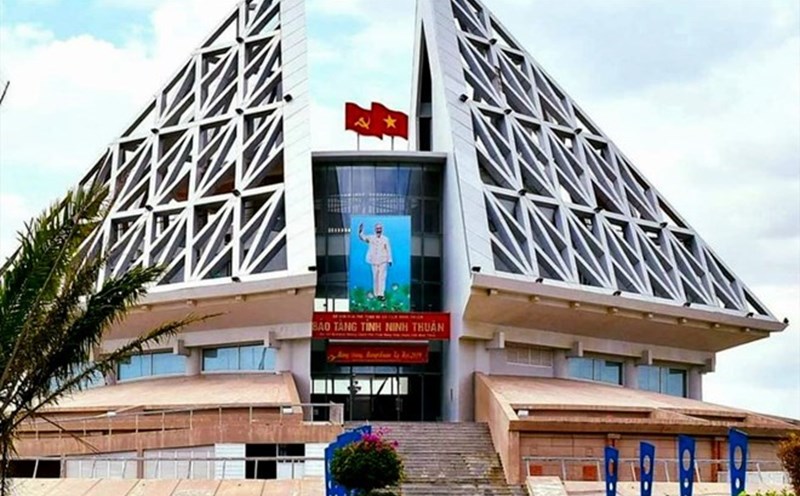Those who lived and worked in Ha Tay before 2008 will feel this transformation more clearly. I used to live in a very special place: The place where I lived was right next to Van Quan village, but the address in the household registration book was clearly stated: Tan Trieu commune, Thanh Tri district, Hanoi city. I have always considered myself a Ha Dong person, especially in 2006, Ha Dong was recognized as a city from the town of Ly Ha Tay province. Then, just two years later, in August 2008, both the people of Ha Tay and Hanoi entered a new transformation: the 12th National Assembly passed Resolution No. 15 - a decision to merge Ha Tay, Me Linh (Vinh Phuc), and part of Luong Son district (Hoa Binh) into the capital.
It is inevitable that there will be worries and discussions at that time. Some people say: "Is Hanoi still an elegant Trang An?". Some people question: "If we bring the countryside into the city, will it reduce the soul of the old town?". Ha Dong people also cannot help but feel: "I have just become a city for 2 years, now I return to the district, and I don't know if it is better?".
However, time - as usual - is always the most wise teacher. 17 years after that day, Hanoi is not only still Hanoi, but also a wider, stronger and more vibrant Hanoi. The land of the Doai region, the roads running through the banks of the Day River and Nhue River, has transformed into the capital in a smooth and harmonious way.
The people of Trang An and the people of Ha Tay no longer distinguish between the old sidewalk and the new way. They no longer call each other Hanoi 1, Hanoi 2 as in the early days of the merger. Together they create a Hanoi that both preserves the thousand-year cultural quality and expands the space for development, industry, services, and urban areas.
That convergence is not simply a matter of administrative boundaries. That is the connection of culture, of belief, of aspiration to jointly build a "civilized, modern, civilized and heroic" capital.
*
Once again, Hanoi is going through a major reorganization - this time an "ad administrative revolution" according to the two-level government model with other localities across the country.
No noise, no disruption, but quiet and methodical. The city has prepared carefully for each scenario and each person. 126 communes and wards are restructured. 11 working groups are close to the facility. Cadres from district and county levels volunteered to "go down" to communes and wards, not to be afraid of their position. Some people quietly asked for early retirement, giving way to the younger generation. Some people were "district officials", now they are heads of residential groups, but their hearts were relieved because "whatever is beneficial to the people, good to the country" - as Uncle Ho once taught.
No power vacuum. Not a single big complaint. Not a single personnel "hot spot". Only consensus, consensus, and organization of ideas and organizations.
Because for Hanoians, the most important thing is to keep the apparatus operating smoothly, maintain the trust of the people - the core things that create the strength of a thousand-year-old capital.
If the 2008 boundary expansion is a big "kissing" between Trang An and Doai cultures, the 2025 arrangement is a "streamlining" step to make Hanoi more flexible, closer to the people and act more effectively.
There is no longer a situation of "commune after commune", "ward, away from ward, near ward" operating disjointedly. Everything is gathered according to the principles of science, practice, thrift, avoiding spreading and overlapping. The apparatus has reduced levels, but not reduced responsibilities. Public employees get closer to the people, listen more and see more clearly what the people need.
A new model begins, but it does not arise from space. It grew from the foundation built over 17 years of merger, from the belief that Hanoi has quietly nurtured since each reform, each transformation stage.
Trust becomes a red thread throughout. The Hanoians of the past may not be able to distinguish each other by "from the village where you are in Ha Dong" or "from the village where you are from Ba Vi". Because they all studied at Nguyen Trai School, walked around West Lake together, and were proud of the Giong festival and Hang Ngang ancient town.
The so-called "local psychological barrier" that once existed has now been replaced by a greater affection - love for the Capital. Trang An culture now has more Doai ethnicity; Danish Phuong people are more familiar with Hoan Kiem Lake; Thuong Tin people are proud to see their children studying at university in the inner city. Together they have created a multi-layered, colorful Hanoi, but still have a heart for the future.
What Hanoi has done after 2008 and is doing after 2025 is an affirmation: Every transformation requires courage, every exemplary requires sacrifice. And any success requires the people's heart, the intelligence of cadres and the commitment of the entire political system.
**
The people are the central subject in the journey of national renewal.
In his speech at the announcement ceremony of the resolution on merging administrative units in Ho Chi Minh City on June 30, General Secretary To Lam used 47 words "people", 20 times using the phrase "people". The speech not only conveyed the message of a new government model, but also clearly affirmed: The success of reform does not only come from the determination of the government, but must also come from consensus among the people and the strength of the people.
General Secretary To Lam emphasized: "This new development space is created to serve the people better, closer to the people and more effectively". This is not only a political statement, but also a reminder of the nature of our State: State of the people, by the people, for the people.
According to the General Secretary, "success cannot come only from documents or resolutions, but must come from consensus among the people". In an increasingly developing society, where information is expanded and the requirements for public service quality are increasingly high, consensus cannot be nurtured by slogans, but can only be nurtured by practical results.
When people are able to participate, be listened to, and enjoy fairness - consensus can be sustainable. And only with consensus from the people can reforms such as restructuring the apparatus, streamlining administrative levels, or converting the governance model be successful.
The message throughout the speech is to emphasize 3 fundamental values: Respecting the people - valuing the people - acting for the people. This is a call but also a political order for cadres, civil servants, and those who directly implement all policies to the people.
The General Secretary repeatedly reiterated that "all benefits belong to the people", "for the happiness of the people". This is the highest value standard to measure policy effectiveness: Not by quantity, but by satisfaction, peace of mind, and true happiness of each citizen.
Changing in administrative reform, improving governance capacity, digitalizing public services, restructuring the apparatus... all of these things must aim to improve the material and spiritual life of the people.
From another perspective, for the revolution of streamlining and restructuring the apparatus, each citizen needs to be "a soldier on the front of innovation". Not a new cadre responsible for the country. Every citizen - from farmers, workers, intellectuals, youth, and the elderly - has a role in creating the future.
Every working day of the people, if supported by a transparent environment, fair policies, and dedicated government, will become "a day of creation". The people are not only the foundation, the goal, but also the central subject in every development journey. Governments at all levels must truly "belong to the people, by the people and for the people", putting the interests of the people first, directing all actions towards the people, closely attached to the people.
***
From the story of Hanoi after the changes in administrative structure, the transformation in awareness and responsibility of each citizen can become an inspiration for other localities. Because every Vietnamese person is an indispensable part of the journey to build a happy, fair, modern country and reaching far.











